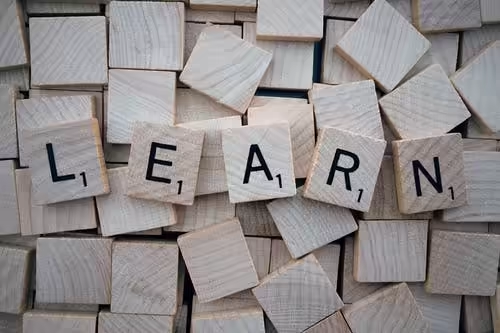Working is interconnected with learning and consequently, workplace learning is the way in which skills are upgraded and knowledge is acquired at the place of work. Workplace learning mostly occurs through work-related interactions and is generally described as contributing to the learning of both the individual employee and the organisation as a whole
The recognition that learning occurs within the workplace and that it is necessary for the development of working knowledge and skills is not new. When done correctly, workplace learning is a proven way for companies to guarantee that employees have the essential skills for present and future competencies. It provides structured training and development, which enhances employee's knowledge and skills needed to perform their jobs, which in turn, increases productivity. Workplace learning addresses individual employee weakness, performance gaps, inconsistency, and employee dissatisfaction.
Addressing Weaknesses
Addressing weaknesses means not only acknowledging that they exist but also taking the necessary steps to improve upon it. Doing so will allow employees within the company to strengthen their skills for development which will bridge the perceived gap and bring leverage that can be used in the future.
Demonstrating Consistency
Demonstrating consistency happens when employees are allowed time and space to apply what they have learned. To encourage this behavior, workplace learning can be modified to make lessons repetitious to reduce skills decay. This will develop into fundamental capabilities that help them work better independently and in group settings, with the confidence of knowing they have been provided the proper training and skills to do their job efficiently.
Employee Satisfaction
Learning and development is one of the dimensions used when assessing employee engagement. Workplace learning can develop employee satisfaction due to the sense of being valued, which can result in a supportive workplace. Employees will stay longer if they feel that an investment is being made into their development.
Employee Performance
Workplace learning can improve employee performance by giving them the means to grow with the company and contribute to a culture built around performance. Employees are more likely to succeed when given the opportunity to do so. Continuous learning in the workplace makes employees knowledgeable about their role and how to better enrich their time at work.
Workplace learning presents an opportunity to expand the knowledge and skills of all employees. It can help the company’s mission and vision and is recommended as a tool to engage employees and invest in the growth of the company. Workplace learning should be a top priority because it is going to happen, regardless of the methods used to administer it. As an employer, it is crucial that you take this process seriously because it can be the reason for your company’s success or the beginning of its downfall.
Carl Tapi is a Consultant at Industrial Psychology Consultants (Pvt) Ltd, a management and human resources consulting firm. https://www.linkedin.com/in/carl-tapi-45776482/ Phone +263 (242) 481946-48/481950 or cell number +263 772 469 680 or email: carl@ipcconsultants.com or visit our website at www.ipcconsultants.com

